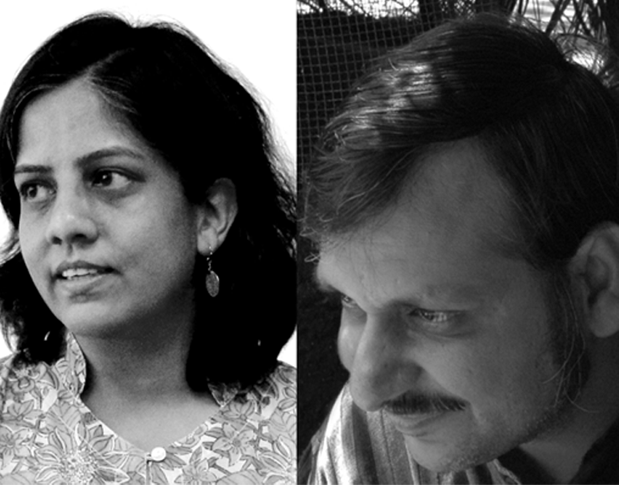Tell us about some important projects that your studio was involved in just before the lockdown.
The office mainly works in the domain of public projects. We had two important large scale projects going on. Of those, work for a street design was beginning in Chennai, under the Mega Streets Project. Another project in Diu, an Educational Hub is nearing completion. Then, we had an institution project for a charitable trust which was also beginning construction on site.
Which were the biggest challenges and fears you faced because of the lockdown?
This aspect can be broken into two parts. The first would be during the most severe lockdown period. We had anticipated a bit of this and made provisions for some critical staff members to access data from the official servers. The most important challenge was to mitigate the anxiety of the team. During the most severe lockdown, we closed work but assured the staff of continued remuneration. During this period, we were invited to two major competitions – the master planning of the Ayodhya temple precinct and a Heritage and cultural complex for the Mata Amritanandamayi Mandir Trust. Since we functioned as a large studio space, to be able to organise workflow was a challenge. Most difficult was to deal with the lack of spontaneity and the sheer joy of being in a physical environment that was designed to give continuous visual motivation for work. Due to our working format which required a physical presence, we were unable to deliver our expectations of output quality for the Heritage complex and hence did not participate in the other one.
The second part was when some mobility was allowed. Although travel was still off the cards, sites started work. But we could not visit them to resolve issues, coordinate and review the quality of work. Many visual clues that one receives on-site were missing, and one had to rely a lot on digital technology, which though a wonderful tool for this transition, had its limitations.
The fears largely stem from the contraction of the economy and hence reduction of the number of future projects. So the full implications of the pandemic are yet to be felt. We are braced for a couple of difficult years in the coming time, even though all other processes will smoothen out.
New projects are limited, new initiatives which would have taken the office into the next couple of years have not taken place.
What were the challenges you faced with the monetary flow in your practice and how are you handling them?
No funds were incoming for an entire period of 8 months. To start with, there were some funds set aside within the office. Eventually, we sustained the firm by using personal savings for continuation. We continued to make payment to all our employees in this duration, even though the office was closed for work.
How are you strategizing to adapt to the new conditions of work upon resumption of office post the lockdowns?
We are a lot more reliant on online platforms for meetings, and we see that as a factor that will continue in our office methods, particularly for out-of-station clients. This has helped in saving a lot of time, and even resources. Visits will now most likely occur for on-site coordination, and critical decisions only.
How were the coordination issues resolved with the studio staff and on-site team?
Extensive use of online meeting platforms as well as creating a collaborative practice by involving associates on-site are the methods relied on for keeping up active coordination. These methods of work were completely new to the office.
What were the biggest learnings from the pandemic? And which decisions and new work methods you feel your studio will continue with for the future?
The most important learning was to create institutional memory.
The turnaround of staff was faster. Hence, the pause in our ongoing projects is required to be resumed with relatively new human resources, for which we need to set up work processes that can be self-reliant, beyond the domain of individuals.
About the Practice :
Please let us know about the founding year, principals, team and studio.
Arya Architects was originally founded in 1999, after which the studio officially transformed into a partnership in 2005. The studio is currently run by principal architects Vijay Arya and Meghal Arya. Architect Meghal Arya has also completed her PhD in addition to her practice.
What are some of the processes and work methods unique to your practice?
An important feature of our practice, specifically related to the physical environment is that the office is organised as a studio without hierarchies or physical divisions. Even the principals have space within this open structure. The scale of the office is maintained at a level to be able to retain this. It implies transparency and tremendous co-learning amongst the different teams working on different projects. It also allows both of us to wander in and out of the workspace fluidly, contributing as required to the betterment of each project. In terms of work, we procure most of our work through participation in competitions, open and invited.







